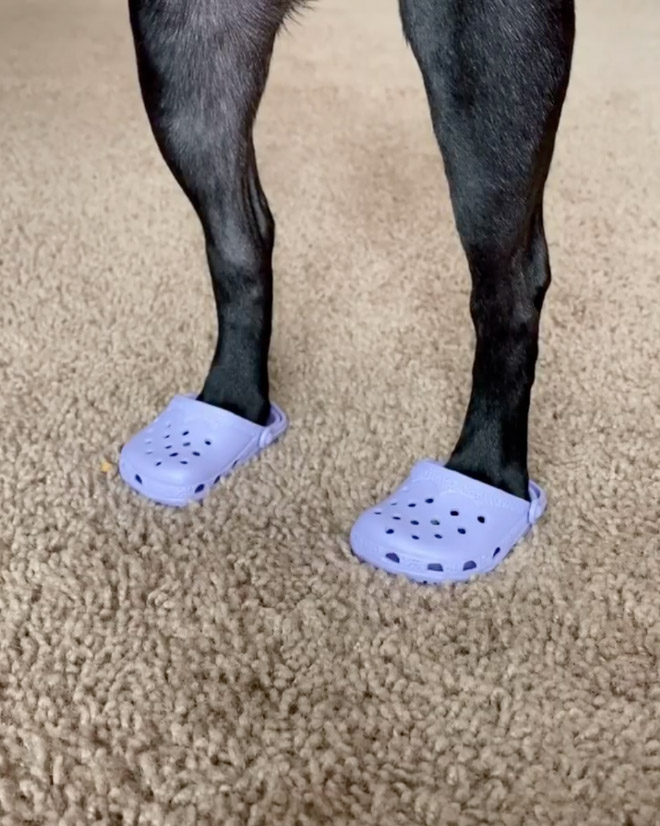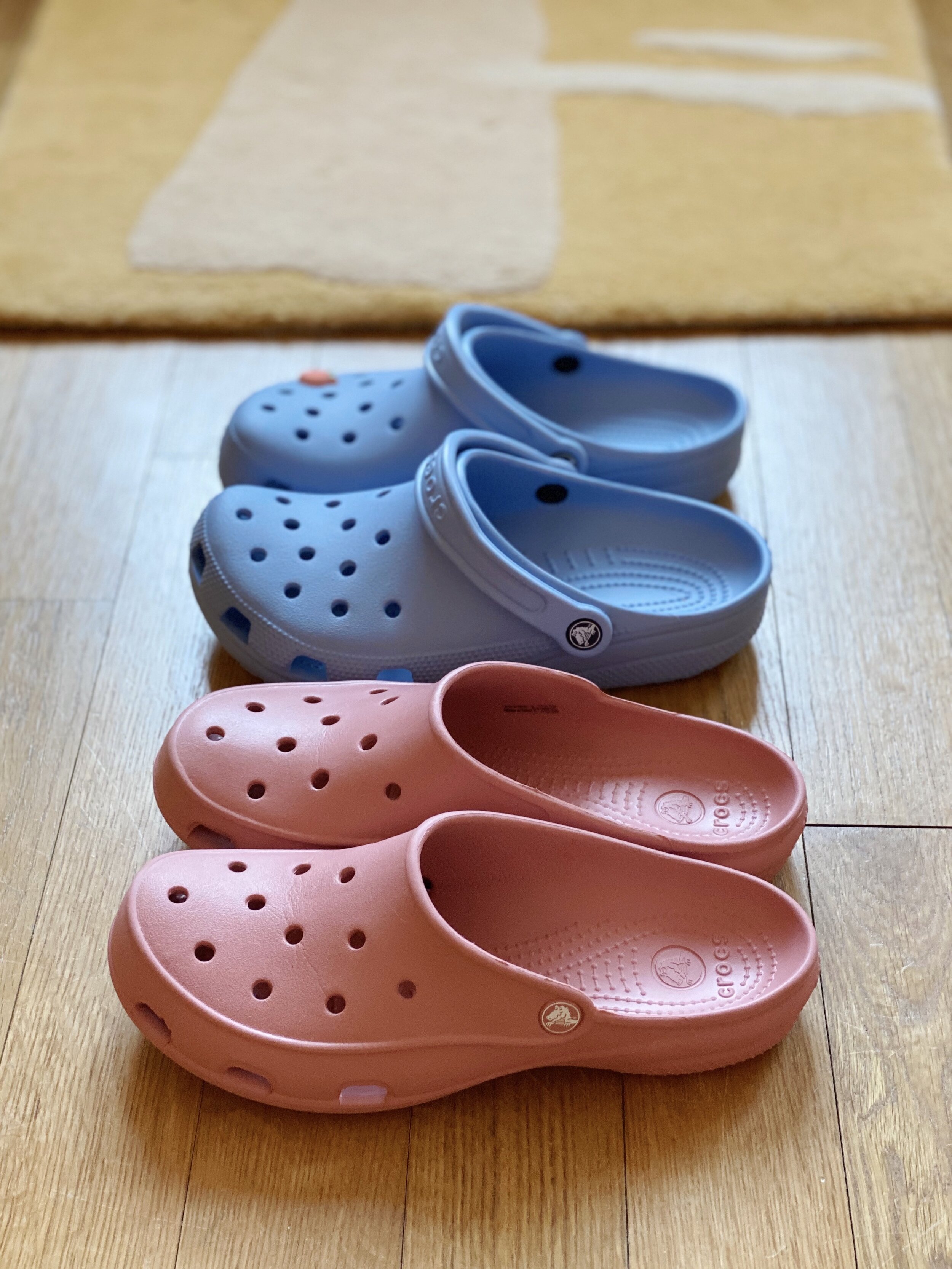Could your favorite, brightly-colored Crocs actually provide sustenance in a survival situation? The resounding answer, backed by both science and common sense, is a definitive no.
The question of whether Crocs are edible might seem absurd, yet it's a query that pops up with surprising regularity in online discussions and survivalist forums. The appeal likely stems from the shoes' ubiquitous presence, their perceived durability, and a touch of dark humor. This article delves into the reality behind the Crocs-as-food myth, exploring the materials involved, the potential health risks, and the practical reasons why you should leave your footwear on your feet.
Before we delve into the specifics, let's address the fundamental question: What exactly are Crocs made of? The answer lies in a proprietary closed-cell resin material known as Croslite. According to the manufacturer, this material is not rubber or plastic, but a unique polymer that gives Crocs their distinctive qualities: lightweight, cushioning, and odor-resistant. While Croslite is not inherently toxic in the way some plastics are, it is *not* designed for human consumption. The primary function of the material is to create footwear, and therefore its chemical composition, manufacturing processes, and overall suitability are not aligned with ingestion.
The idea of eating Crocs, however outlandish, has spurred curiosity, and in some cases, attempts. Some individuals have seemingly been motivated by a sense of curiosity, the desire to test the limits of perceived boundaries, or the internet challenge. The notion of eating Crocs is not scientifically sound or safe. While the Croslite material itself may not be highly toxic upon casual contact, ingesting it poses several potential risks. There is the risk of stomach pain, choking, or even intestinal blockage. The body may have difficulty digesting it at all. Beyond the material's inedibility, the manufacturing process also raises concerns. Crocs, like all mass-produced items, are created with various chemical additives, dyes, and finishes that are not necessarily intended for consumption.
The fact that Crocs are made from a material that is organic is often brought up in discussions about whether they're edible. It's important to understand the context of this term. In this context, organic refers to the fact that Croslite is not a petroleum-based product. However, just because something is organic doesn't automatically make it safe to eat. Poison ivy and many other plants are organic, but dangerous to ingest. As for Crocs, this material is still not designed for consumption, and the lack of testing or regulatory approvals specifically for use as food further underscores this point.
Moreover, the idea of cooking Crocs to make them edible is equally flawed. The high heat required to boil, roast, or otherwise prepare the footwear could lead to the release of potentially harmful fumes from any chemical additives, dyes, or the Croslite material itself. Any alteration of the product is likely to be detrimental to one's health. The smell from the burning shoes would be extremely unpleasant, and not indicative of edibility. The idea of consuming burnt material also does not follow basic principles of food safety or survival.
The internet has, unsurprisingly, seen some instances of individuals engaging in challenges or experiments that involve eating Crocs. These instances are primarily for entertainment purposes, or possibly a display of daredevilry, and should never be taken as evidence of safety. There is no credible scientific evidence to support the consumption of Crocs. It is not only a bad idea but also could have unpleasant consequences and put your health at risk.
The discussion of whether Crocs can be eaten inevitably prompts a broader question: what *can* you eat in a survival situation? This is a serious question, and the answer varies depending on the location, resources, and circumstances. Edible plants, insects, and any available game are sources of nutrients. This is very different from attempting to eat an item not designed for this purpose. Eating Crocs to survive in a survival situation could be fatal.
Instead of considering Crocs as a food source, consider their potential for repurposing. They can be useful for multiple things in a survival situation. The durability and water resistance of Crocs mean they can be used for collecting water, storing items, or even as makeshift containers for cooking. They could be used to signal for help, or as a tool. If you are stranded, the usefulness of Crocs as food is minimal and is not worth the risk.
The conclusion remains the same, Crocs should not be eaten. They are not designed to be consumed, and they may pose health risks. Instead, save your shoes for wearing, repurposing, or, in a survival situation, a creative purpose other than ingestion.


:format(webp)/https://static-hk.zacdn.com/p/crocs-7292-1413726-1.jpg)
